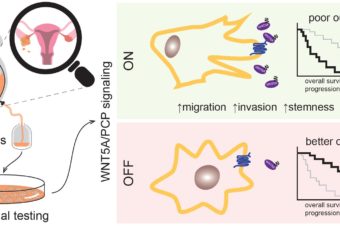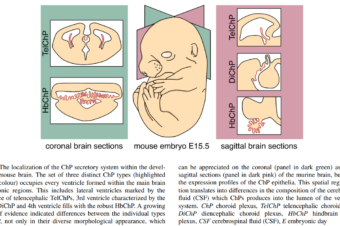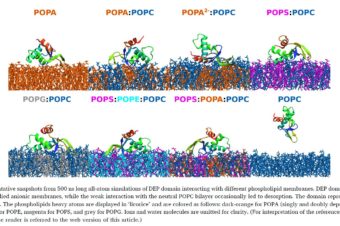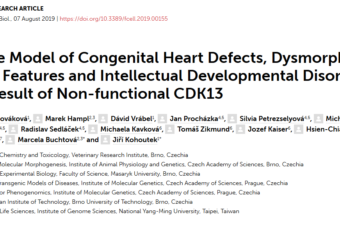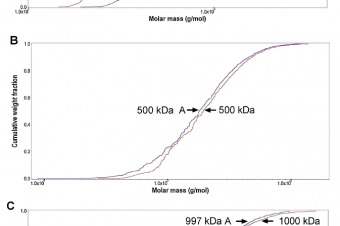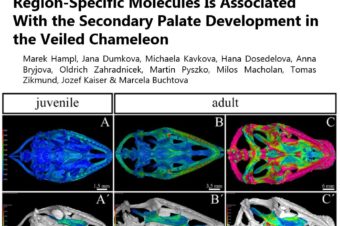Van Gogh-like (Vangl) and Prickle (Pk) are core components of the non-canonical Wnt planar cell polarity pathway that controls epithelial polarity and cell migration. Studies in vertebrate model systems have suggested that Vangl and Pk may also inhibit signaling through the canonical Wnt/β-catenin pathway, but the functional significance of this potential cross-talk is unclear. In the nematode C. elegans, the Q neuroblasts and their descendants migrate in opposite directions along the anteroposterior body axis. The direction of these migrations is specified by Wnt signaling, with activation of canonical Wnt signaling driving posterior migration, and non-canonical Wnt signaling anterior migration. Here, we show that the Vangl ortholog VANG-1 influences the Wnt signaling response of the Q neuroblasts by negatively regulating canonical Wnt signaling. This inhibitory activity depends on a carboxy-terminal PDZ binding motif in VANG-1 and the Dishevelled ortholog MIG-5, but is independent of the Pk ortholog PRKL-1. Moreover, using Vangl1 and Vangl2 double mutant cells, we show that a similar mechanism acts in mammalian cells. We conclude that cross-talk between VANG-1/Vangl and the canonical Wnt pathway is an evolutionarily conserved mechanism that ensures robust specification of Wnt signaling responses. Read full story
Similar Posts
WNT signaling inducing activity in ascites predicts poor outcome in ovarian cancer
High-grade serous carcinoma of the ovary, fallopian tube, and peritoneum (HGSC) is the deadliest gynecological... Read More
Regulation of choroid plexus development and its functions
Abstract: The choroid plexus (ChP) is an extensively vascularized tissue that protrudes into the brain... Read More
Binding of DEP domain to phospholipid membranes: More than just electrostatics
Abstract: Over the past decades an extensive effort has been made to provide a more... Read More
Mouse Model of Congenital Heart Defects, Dysmorphic Facial Features and Intellectual Developmental Disorders as a Result of Non-functional CDK13
Congenital heart defects, dysmorphic facial features and intellectual developmental disorders (CHDFIDD) syndrome in humans was... Read More
Absence of differences among low, middle, and high molecular weight hyaluronan in activating murine immune cells in vitro
By Barbora Šafránková, Martina Hermannová, Kristina Nešporová, Vladimír Velebný, and Lukáš Kubala Published in: International Journal of Biological Macromolecules... Read More
Polarized Sonic Hedgehog Protein Localization and a Shift in the Expression of Region-Specific Molecules Is Associated With the Secondary Palate Development in the Veiled Chameleon
Secondary palate development is characterized by the formation of two palatal shelves on the maxillary... Read More
